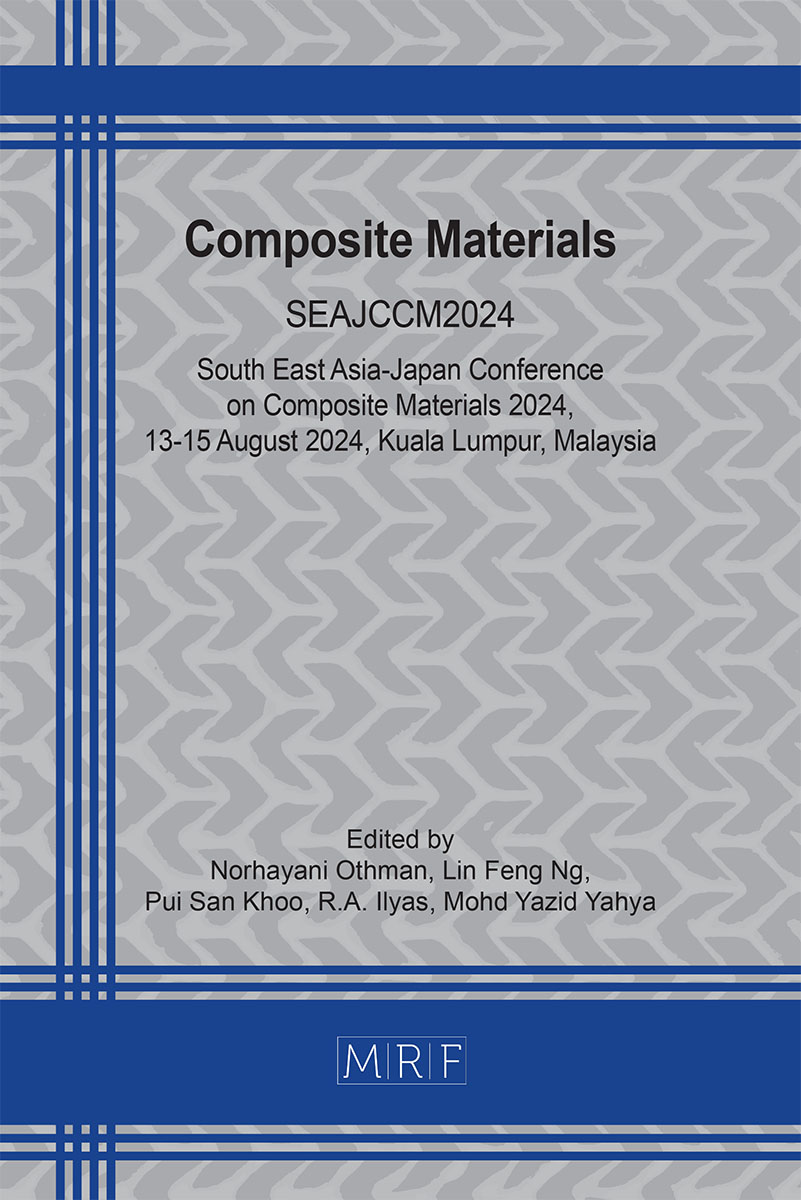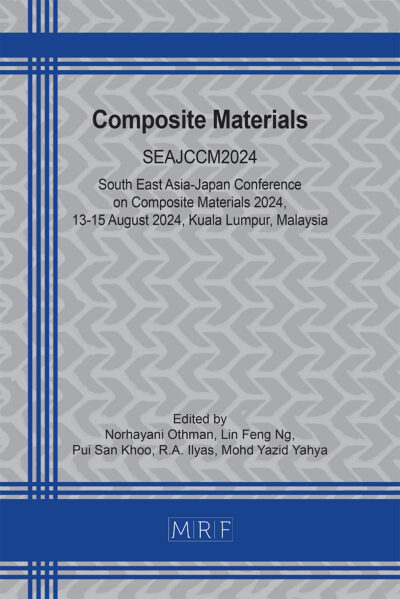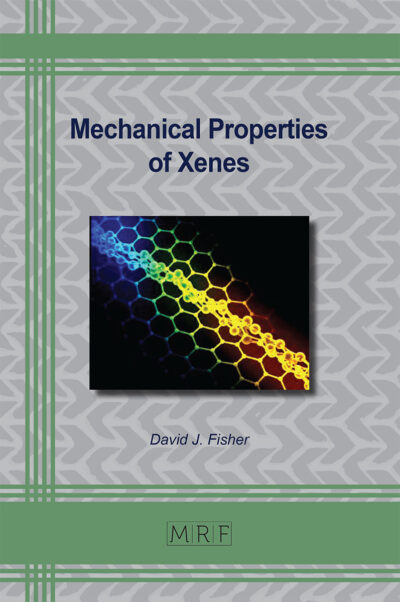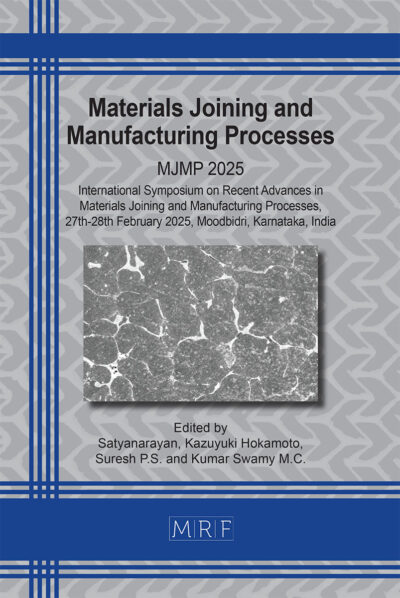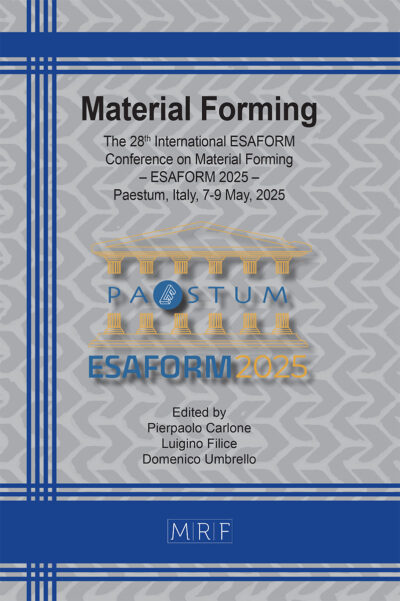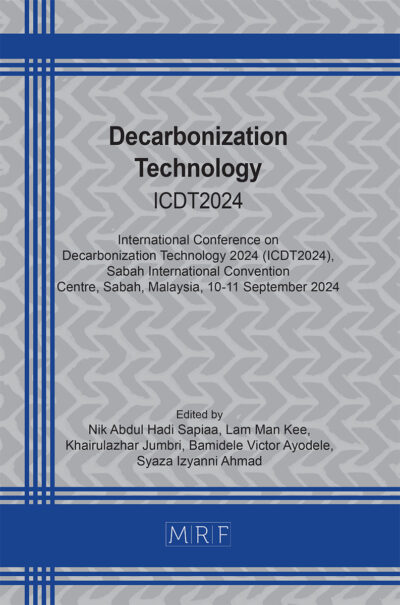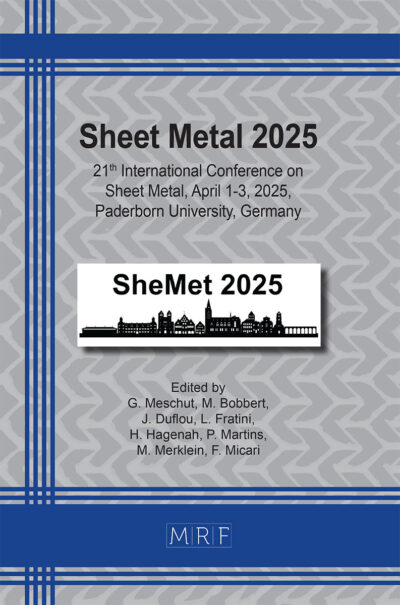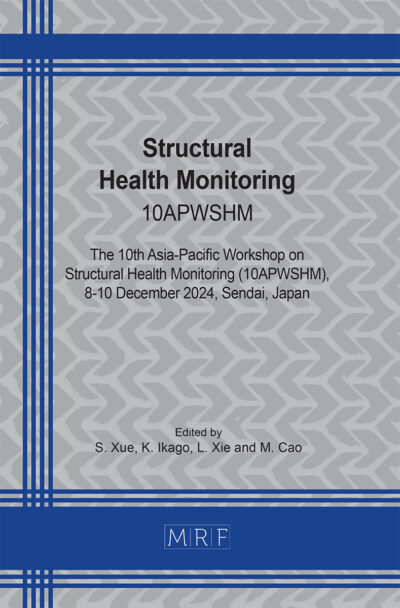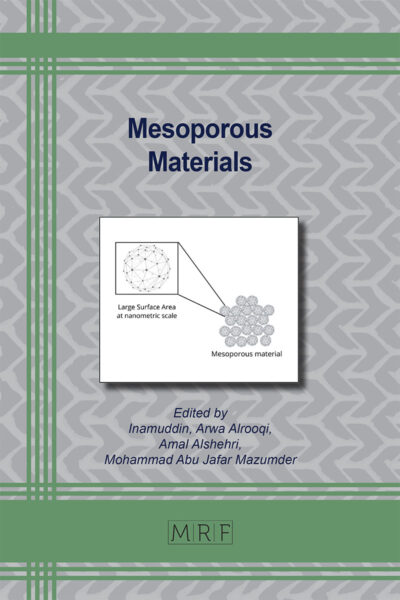Assessing CO2 Emissions Potential Using Satellite Data: A Case Study of Malaysia’s Highlands
Norhusna Mohamad NOR, Nur Syifa SALIM
Abstract. Environmental issues are a significant concern impacting the ecosystem, and analysing carbon dioxide (CO₂) emissions in Malaysia’s highlands is crucial. Most spatial regions in the highlands in Malaysia were significantly affected by the excessive release of CO2 due to various factors significantly contributed to by dynamic industrial activities. This phenomenon may also be affected by the changes in other external variables in the highlands, such as air temperature and atmospheric moisture. The Grey Relation Analysis (GRA) approach is proposed in this study to investigate the correlation between CO2 emissions and multiple variables. The findings utilizing the GRA method are important in understanding other variables that contributed to the increase in CO2 emissions. Hence, a suitable strategy can be suggested to control the variables and substantially lower CO2 emissions. To accomplish this, Giovanni, a satellite database remote sensing, has been selected and used to gather all related data within Cameron Highland, Genting Highland, Kundasang, and Kelabit Highland. The comparison between the multiple variables shows that the proposed method has higher accuracy, which presents that the correlation between atmospheric moisture and CO2 emissions has significant outcomes in proving the variables that have been affected by the CO2 emissions. The analysed results via the GRA method show that the most affected variable due to the CO2 emissions is atmospheric moisture, where Cameron Highland states the higher grey relational coefficient (γ = 2.8125) compared to the other associated factors within the other highlands.
Keywords
CO2 Emissions, Malaysia’s Highlands, Remote Sensing, Satellite Database, Grey Relation Analysis (GRA)
Published online 2025/06/01, 13 pages
Copyright © 2025 by the author(s)
Published under license by Materials Research Forum LLC., Millersville PA, USA
Citation: Norhusna Mohamad NOR, Nur Syifa SALIM, Assessing CO2 Emissions Potential Using Satellite Data: A Case Study of Malaysia’s Highlands, Materials Research Proceedings, Vol. 56, pp 30-42, 2025
DOI: https://doi.org/10.21741/9781644903636-4
The article was published as article 4 of the book Composite Materials
![]() Content from this work may be used under the terms of the Creative Commons Attribution 3.0 license. Any further distribution of this work must maintain attribution to the author(s) and the title of the work, journal citation and DOI.
Content from this work may be used under the terms of the Creative Commons Attribution 3.0 license. Any further distribution of this work must maintain attribution to the author(s) and the title of the work, journal citation and DOI.
References
[1] C.J. Barrow, J. Clifton, N.W. Chan, Y.L. Tan, Sustainable Development in the Cameron Highlands, Malaysia, Malaysia Journal of Environmental Managment 6 (2005) 41–57
[2] M.E. Hamdan, N. Man, S. Md. Yassin, J.L. D’Silva, H.A. Mohamed Shaffril, Farmers Sensitivity Towards Changing Climate in the Cameron Highlands, Agricultural Journal 9 (2014) 120–126
[3] K.W. Tan, P.N. Loh, Climate change assessment on rainfall and temperature in Cameron Highlands, Malaysia, using regional climate downscaling method, Carpathian Journal of Earth and Environmental Sciences 12 (2017) 413–421
[4] W. Kean Fong, H. Matsumoto, C. Siong ho, Y. Fat Lun, Energy Consumption and Carbon Dioxide Emission Considerations in the Urban Planning Process in Malaysia, Planning Malaysia Journal 6 (2008) 99–128. https://doi.org/10.21837/pmjournal.v6.i1.68
[5] K. Alasinrin Babatunde, F. Faizah Said, N. Ghani Md Nor, R. Ara Begum, Reducing Carbon Dioxide Emissions from Malaysian Power Sector: Current Issues and Future Directions (Mengurangkan Pengeluaran Karbon Dioksida dalam Sektor Tenaga di Malaysia: Isu Semasa dan Arah Masa Hadapan), Jurnal Kejuruteraan SI 1 (2018) 59–69. https://doi.org/10.17576/jkukm-2018-si1(6)-08
[6] IEA, Global Energy and CO2 Status Report, Oecd-Iea (2018) 15
[7] T.F. Stoker, D. Qin, G.-K. Plattner, M.M.B. Tignor, S.K. Allen, J. Boschung, A. Navels, Y. Xia, V. Bex, P.M. Midgley, Climate Change 2013 – The Physical Science Basis, Cambridge University Press, 2014
[8] J. Acker, R. Soebiyanto, R. Kiang, S. Kempler, Use of the NASA giovanni data system for geospatial public health research: Example of weather-influenza connection, ISPRS Int J Geoinf 3 (2014) 1372–1386. https://doi.org/10.3390/ijgi3041372
[9] A.I. Prados, G. Leptoukh, C. Lynnes, J. Johnson, H. Rui, A. Chen, R.B. Husar, Access, Visualization, and Interoperability of Air Quality Remote Sensing Data Sets via the Giovanni Online Tool, IEEE J Sel Top Appl Earth Obs Remote Sens 3 (2010) 359–370. https://doi.org/10.1109/JSTARS.2010.2047940
[10] R. Miao, N. Lu, L. Yao, Y. Zhu, J. Wang, J. Sun, Multi-Year Comparison of Carbon Dioxide from Satellite Data with Ground-Based FTS Measurements (2003–2011), Remote Sens (Basel) 5 (2013) 3431–3456. https://doi.org/10.3390/rs5073431
[11] S. Shen, H. Rui, Z. Liu, T. Zhu, L. Lu, S. Berrick, G. Leptoukh, W. Teng, J. Acker, J. Johnson, S.P. Ahmad, A. Savtchenko, I. Gerasimov, S. Kempler, Giovanni: A system for rapid access, visualization and analysis of earth science data online, 86th AMS Annual Meeting (2006) 1–10
[12] R. Miao, N. Lu, L. Yao, Y. Zhu, J. Wang, J. Sun, Multi-Year Comparison of Carbon Dioxide from Satellite Data with Ground-Based FTS Measurements (2003–2011), Remote Sens (Basel) 5 (2013) 3431–3456. https://doi.org/10.3390/rs5073431
[13] I.G. Yashchenko, T.O. Peremitina, Application of the terra MODIS satellite data for environmental monitoring in Western Siberia, International Archives of the Photogrammetry, Remote Sensing and Spatial Information Sciences – ISPRS Archives 41 (2016) 185–187. https://doi.org/10.5194/isprsarchives-XLI-B6-185-2016
[14] T.C. Chang, S.J. Lin, Grey relation analysis of carbon dioxide emissions from industrial production and energy uses in Taiwan, J Environ Manage 56 (1999) 247–257. https://doi.org/10.1006/jema.1999.0288
[15] C. Yuan, D. Wu, H. Liu, Using grey relational analysis to evaluate energy consumption, CO2 emissions and growth patterns in China’s provincial transportation sectors, Int J Environ Res Public Health 14 (2017). https://doi.org/10.3390/ijerph14121536
[16] Giovanni: The Bridge Between Data and Science – Eos, (n.d.). https://eos.org/science-updates/giovanni-the-bridge-between-data-and-science (accessed July 20, 2020)
[17] Temperature Change and Carbon Dioxide Change | National Centers for Environmental Information (NCEI) formerly known as National Climatic Data Center (NCDC), (n.d.)
[18] H. Zhang, S. Li, Research on the Factors Influencing CO2 Emission Reduction in High-Energy-Consumption Industries under Carbon Peak, Sustainability (Switzerland) 15 (2023). https://doi.org/10.3390/su151813437
[19] C.J. Barrow, J. Clifton, N.W. Chan, Y.L. Tan, Sustainable Development in the Cameron Highlands, Malaysia, Malaysia Journal of Environmental Managment 6 (2005) 41–57
[20] C.N. Weng, Cameron Highlands Issues and Challenges in Sustainable Development, 2006
[21] M.E. Hamdan, N. Man, S. Md. Yassin, J.L. D’Silva, H.A. Mohamed Shaffril, Farmers Sensitivity Towards Changing Climate in the Cameron Highlands, Agricultural Journal 9 (2014) 120–126
[22] M.H. Mat Zin, Forest encroachment mapping in cameron highlands, using cadastral parcel and remote sensing datasets, Universiti Teknologi Malaysia (2015)
[23] H.D. Tjia, Kundasang (Sabah) at the intersection of regional fault zones of Quaternary age, Bulletin of the Geological Society of Malaysia 53 (2007) 59–66. https://doi.org/10.7186/bgsm53200710
[24] F. Kho, W.E.E. Liang, Levels At Signalized, (2008)
[25] L. Abdullah, H.M. Pauzi, Methods in forecasting carbon dioxide emissions: A decade review, J Teknol 75 (2015) 67–82. https://doi.org/10.11113/jt.v75.2603
[26] A.I. Prados, G. Leptoukh, C. Lynnes, J. Johnson, H. Rui, A. Chen, R.B. Husar, Access, Visualization, and Interoperability of Air Quality Remote Sensing Data Sets via the Giovanni Online Tool, IEEE J Sel Top Appl Earth Obs Remote Sens 3 (2010) 359–370. https://doi.org/10.1109/JSTARS.2010.2047940
[27] U.C.S. Satellite, D. User, The UCS Satellite Database, (n.d.) 1–10
[28] Y. Zhang, N. Kerle, Satellite remote sensing for near-real time data collection, Geospatial Information Technology for Emergency Response (2008) 75–102
[29] AAUSAT-4 – Spacecraft & Satellites, (n.d.). http://spaceflight101.com/spacecraft/aausat-4/ (accessed December 11, 2019)
[30] GOSAT – Earth Online – ESA, (n.d.). https://earth.esa.int/web/guest/missions/3rd-party-missions/current-missions/gosat (accessed December 11, 2019)
[31] RazakSat – eoPortal Directory – Satellite Missions, (n.d.). https://earth.esa.int/web/eoportal/satellite-missions/r/razaksat (accessed December 11, 2019)
[32] C. Yuan, D. Wu, H. Liu, Using grey relational analysis to evaluate energy consumption, CO2 emissions and growth patterns in China’s provincial transportation sectors, Int J Environ Res Public Health 14 (2017). https://doi.org/10.3390/ijerph14121536
[33] G. Fang, Y. Guo, X. Huang, M. Rutten, Y. Yuan, Combining Grey Relational Analysis and a Bayesian Model Averaging method to derive monthly optimal operating rules for a hydropower reservoir, Water (Switzerland) 10 (2018). https://doi.org/10.3390/w10081099
[34] Y. Fan, L.C. Liu, G. Wu, Y.M. Wei, Analyzing impact factors of CO2 emissions using the STIRPAT model, Environ Impact Assess Rev 26 (2006) 377–395. https://doi.org/10.1016/j.eiar.2005.11.007
[35] T.C. Chang, S.J. Lin, Grey relation analysis of carbon dioxide emissions from industrial production and energy uses in Taiwan, J Environ Manage 56 (1999) 247–257. https://doi.org/10.1006/jema.1999.0288
[36] W. Ng Meng, C. Alejandro, A. Abdul Wahab, A Study Of Global Warming In Malaysia, Jurnal Teknologi F 42 (2005) 1–10
[37] S. Wulffraat, C. Greenwood, K.F. Faisal, D. Sucipto, The Environmental Status of Borneo, WWF Report, 2016
[38] Rising carbon emissions | New Straits Times | Malaysia General Business Sports and Lifestyle News, (n.d.)
[39] H.A. Bekhet, N.S. Othman, Impact of urbanization growth on Malaysia CO2 emissions: Evidence from the dynamic relationship, J Clean Prod 154 (2017) 374–388. https://doi.org/10.1016/j.jclepro.2017.03.174
[40] D. Ju-Long, Control problems of grey systems, Syst Control Lett 1 (1982) 288–294. https://doi.org/10.1016/S0167-6911(82)80025-X
[41] F.W.L. Kho, P.L. Law, A predictive study: Carbon monoxide emission modeling at a signalized intersection, Journal of Engineering Science and Technology 9 (2014) 1–14

